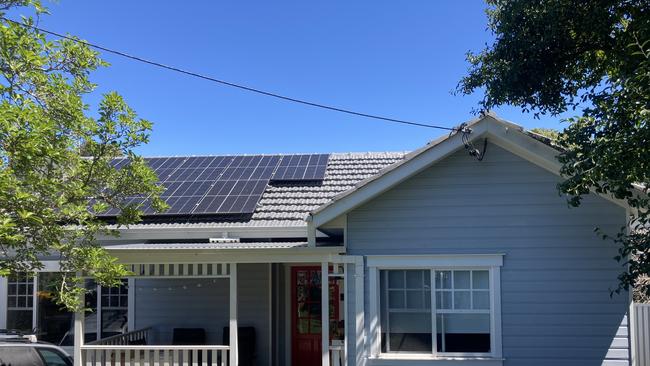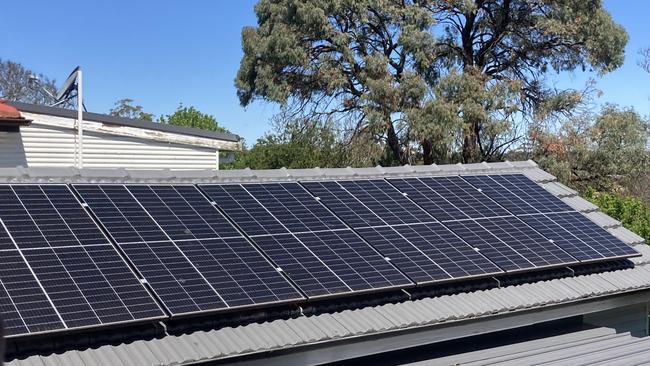Campbelltown mum Samantha Ho reveals how she cut her power bills down to zero in cost of living crisis
With no end in sight to the cost of living crisis, one Sydney mum started a mission to become a ‘nil bill’ household. See how she did it.

Macarthur
Don't miss out on the headlines from Macarthur. Followed categories will be added to My News.
With no end in sight to the cost of living crisis as interest rates continue to rise alongside grocery and electricity bills, one Macarthur mum started a mission to become a “nil bill” household.
Samantha Ho and her husband have lived in Campbelltown for three years and since then have welcomed two children and bought their first home in the area 18 months ago.
“When I was on maternity leave, I started to think about how I could contribute to the finances of our household and really started to look at our electricity bills,” she said.
“I used an app to tell how much we were using and when and for what and it was quite eye-opening.”
The couple then went to extreme lengths to curb electricity costs including ditching gas, switching energy providers, purchasing an electric vehicle, installing a heat pump and other energy-efficient appliances and finally purchasing a solar roof system.

“I did a lot of research into what subsidies were also available to us,” she said.
The family’s gas and electricity bills used to total $450, while petrol used to cost up to $150 a week, but last month Mrs Ho achieved her first “nil bill” with credits attached to her account and is due to be in the same position when she receives her next statement this month.
Mrs Ho noted that because she was on maternity leave she was able to take advantage of the solar energy during the day to run the washing machine, dishwasher, aircon and even charge the family’s electric vehicle.
“The solar panel captures the energy that we use in real-time during the day and that’s when I try to maximise what I am using and then at night we pay for electricity from the grid from our energy retailer,” she said.
“I found an energy retailer that means I get about $3.50 a day from sending back solar energy into the grid and that covers the $2a day I am using for electricity at night.”

Mrs Ho said the family was fortunate enough to be able to pay for the solar system, but it did take some budgeting in other areas, and encouraged those who could not afford to make all the changes she had to just look into a couple of them because it could make a difference.
“We are already seeing the benefits of it and with electricity bills and other bills continuing to rise this was one thing we could control,” she said.
“It was about future-proofing our bills and if that meant cutting out some nice-to-have things it was worth it.”
Stefan Jarnason, energy expert and chief executive of Solar Analytics, which provides technology to help Australians save money on their power bills, said he has seen a tenfold increase in inquiries from families looking to increase their solar savings in the wake of the price hikes.
“Energy bills are a big hit to many households monthly budget, and unlike other large bills it can be highly variable,” he said.
“With the cost of living crisis impacting many households through rising electricity prices, people are seeking ways to reduce their energy bill.”
Mr Jarnason said residents could use Solar Maximiser a free online tool to see much each smart energy solution could potentially save them.




